I tried the 90/90 decluttering rule to streamline my wardrobe – it's made me think twice about my shopping habit
It's a quick and simple organising method with added benefits
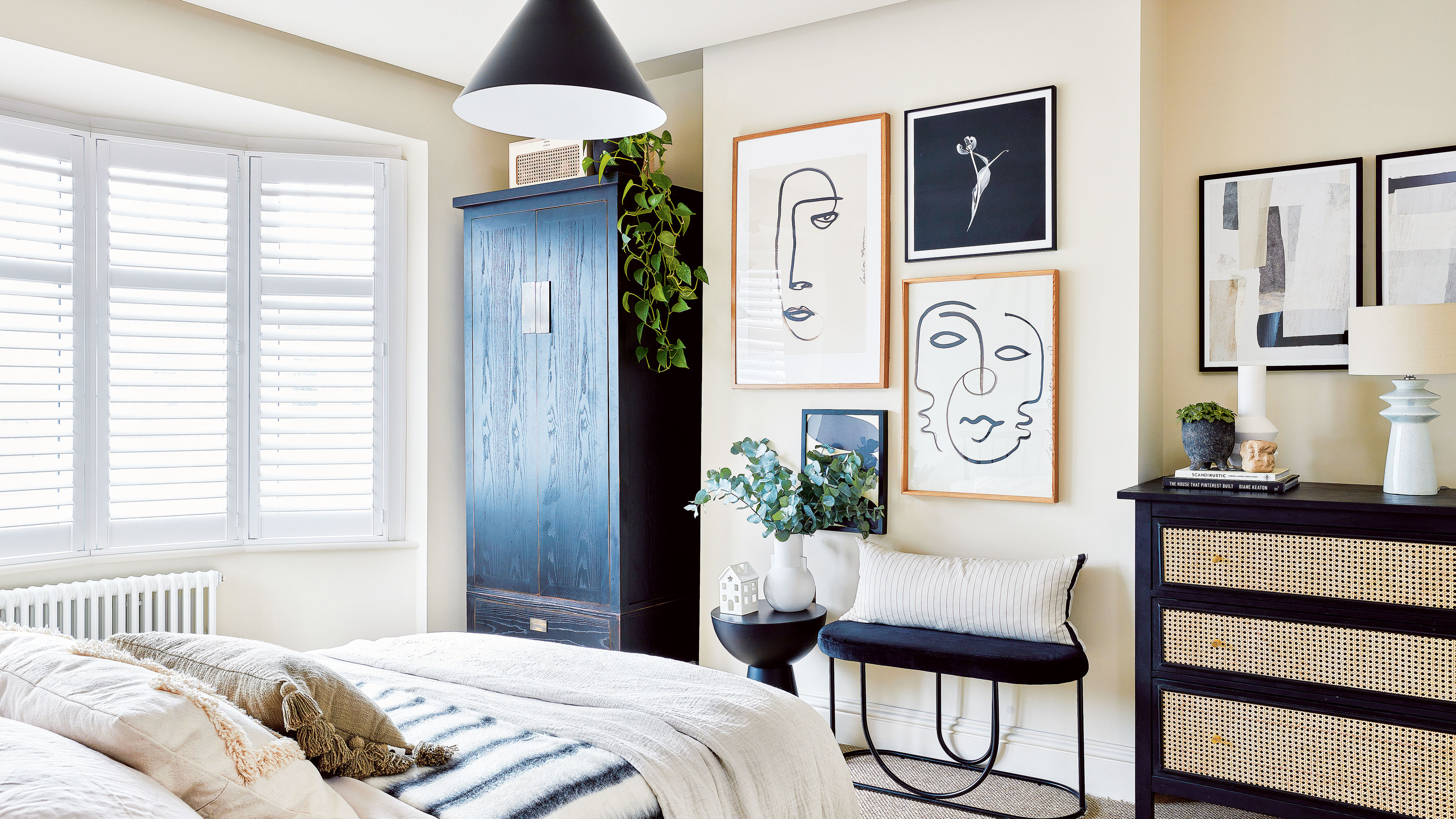

With spring cleaning and decluttering in full swing, there's no time like the present to tackle your wardrobe. Enter the 90/90 decluttering rule.
Despite my best efforts, my wardrobe seems to have a life of its own. I decided to take the leap and try it out to see if I could declutter my wardrobe once and for all.
And with so many different decluttering methods to choose from, I was stuck as to what might work for me. However, the 90/90 method, a decluttering trend taking off on social media, seemed to fit the bill because not only could I get rid of the clothes that I really didn't need anymore but I could also help change the way I shop going forwards, which as a self-confessed shopoholic, I very much welcomed.
So, I put the 90/90 method to the test while decluttering my wardrobe to see just how effective it is, as well as how easy it is for me to maintain going forwards, maximising the amount of hanging space in my wardrobe to boot.
What is the ‘90/90’ decluttering rule?
Conceived by the well-known duo The Minimalists, Joshua Fields and Ryan Nicodemus, their 90/90 minimalism rule is described on their website as follows: 'Look at a possession. Pick something. Anything. Have you used that item in the last 90 days? If you haven’t, will you use it in the next 90? If not, then it’s okay to let go.'
So it's deceptively simple: Look at each item in your wardrobe and ask yourself two questions. Have I worn this in the last 90 days? Will I wear it in the next 90? If the answer is 'no' to both, out it goes.
Shannon Murphy, professional organiser and founder of Simpl Living Co says, 'The 90/90 rule is a great way of determining whether you have worn something or are likely to wear something in the future.'
Get the Ideal Home Newsletter
Sign up to our newsletter for style and decor inspiration, house makeovers, project advice and more.
'The two simple questions are: Have I worn this in the last 90 days? Can I see myself wearing it in the next 90 days? In the UK, we have seasonal weather so you may have worn something over the winter, but don't plan to wear it into spring summer.'
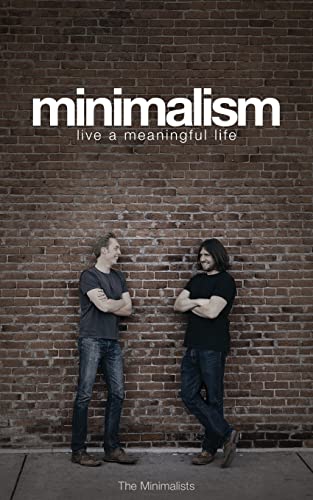
The 90/90 rule was coined by The Minimalists, a.k.a. the authors Joshua Fields and Ryan Nicodemus of the book Minimalism, in which they'll guide you to get rid of more things so you can live with less stuff.

Shannon Murphy is the founder of Simpl Living Co and minimalist-minded professional organiser based in West Sussex. Her mission extends beyond merely assisting individuals in decluttering, although that is an important aspect. Her overarching goal is to empower people to adopt a life free from the societal stereotype that buying more will make you happy.
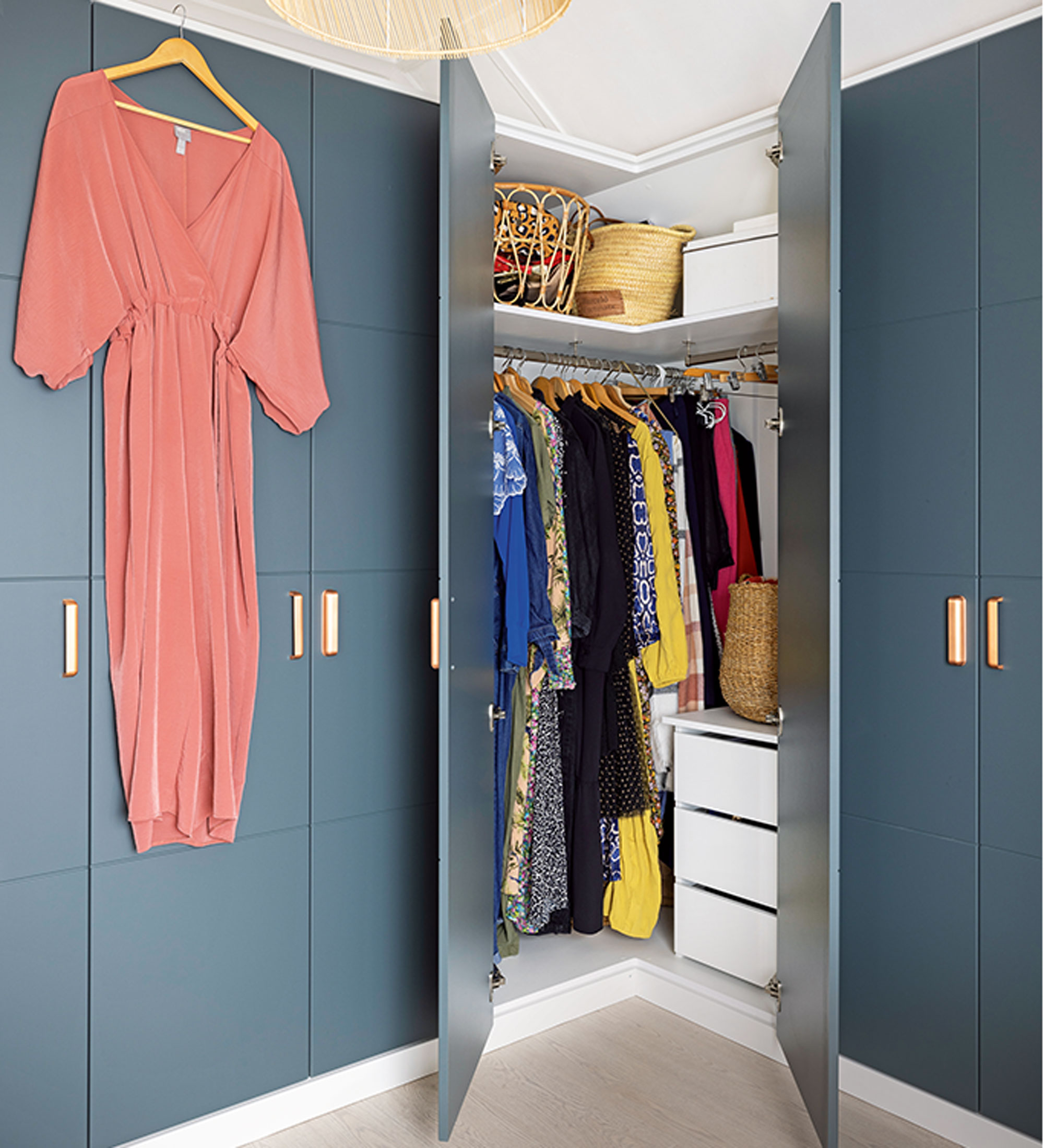
'Use your judgement on whether you can see yourself wearing it again in the correct season,' she explains. 'You could additionally ask yourself: Does it fit? Is it itchy? Is it damaged? Do I enjoy wearing it? These questions can help you get clearer on what to keep and let go of.'
Siân Pelleschi, President of the Association of Professional Declutterers & Organisers and founder of Sorted!, agrees but adds, 'Where it might not apply is for seasonal items that may only come out once a year (but it’s still a good idea to assess them as and when they do.)'
So I shipped the kids off to the park with daddy and decided to give it a whirl.

What happened when I tried it?
I'll admit it, I am an avid collector of clothes and love shopping but for some reason have a problem actually letting go of clothes and because of that, the 90/90 rule gave me the fear.
So I put my big girl pants on and tackled my 'everyday' area of my wardrobe first. It's jam-packed, and yet, somehow, I never have anything to wear.
When I open the door, I feel like I'm staring into an abyss of tops I haven't worn in forever, dresses that are just too 'dressy' and a load of jeans that I have convinced myself I will fit into again so it didn't take long to power through and for a pile to form.
However, when it came to my out-of-season area, it was a little more complicated. 90 days is a bit of a short time span, so I took that with a big pinch of salt when I was assessing items like summer dresses that I know I will need and want to wear in the following months.
The good news is that there is wiggle room with the 90/90 rule, as The Minimalists explain: 'Maybe your rule isn’t 90 days. Maybe it’s 120. Maybe it’s six months. Whatever your rule, be honest with yourself. If your material possessions don’t serve a purpose or bring you joy, then they are likely in the way of a more meaningful life.'
So I expanded the framework, assessing these by visualising myself in the season, asking myself whether I would wear the particular garment in that season, and if it was a surefire no, it was a goner.
And George Tanner, professional organiser and founder of Simplify by George thinks this is wise. 'The 90/90 method is fantastic when it comes to wardrobes because it falls in line with the seasons, which is a great time to check through your clothes and answer questions about what you wore that winter and what are you going to wear this spring.'
'I encourage everyone I work with to complete seasonal wardrobe change overs because it allows you to have perspective. When you unpack your summer clothes, that you haven’t looked at for months, it can feel like ‘shopping your own wardrobe’ and you can really be objective.'

George is on a mission to transform homes, and lives, by challenging the outdated expectations that keep so many people overwhelmed. As a Professional Organiser and founder of Simplify by George, she goes beyond decluttering, helping women rethink their roles, share responsibilities, and create homes that truly work for them.
George knows firsthand the relentless juggle of career, motherhood, and the invisible workload that often falls on women. When her son was diagnosed with AuDHD, it sparked her passion for a different, more compassionate approach to organisation.
George has helped hundreds of women ditch the guilt, reclaim their space, and rewrite the narrative around home life.
What I noticed was that many of the things that I was discarding were impulse buys, and with that bombshell, I could see that the rule would help me when I shop, and it does.
I now think about whether I really would wear the item I have my eye on. If I really can't see myself wearing it, I just won't buy it.
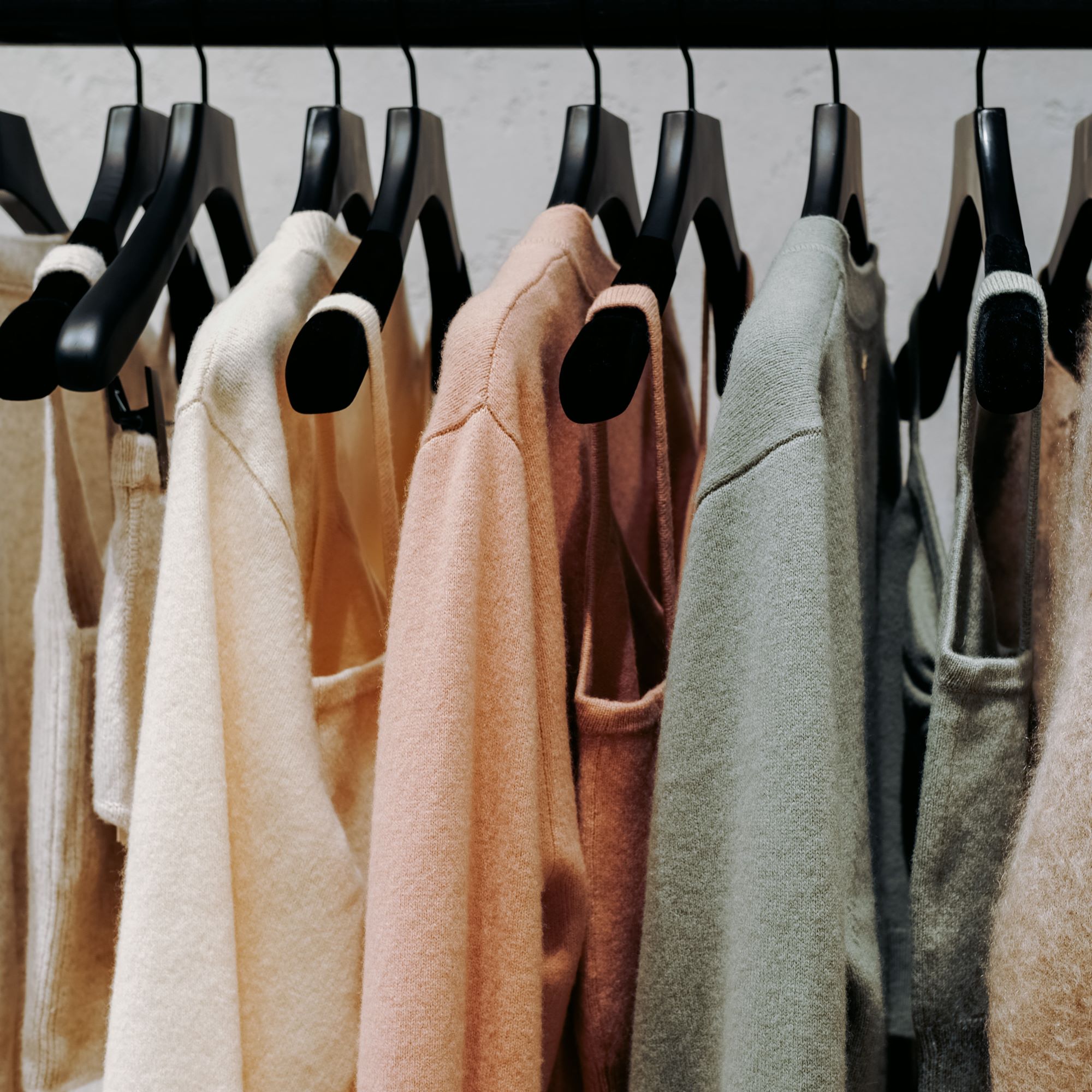
It's not a perfect system, though, because old habits die hard, especially when there's a Zara sale, but I've stopped buying for the fantasy versions of myself – holiday-me, going-out me (seldom happens with two kids under 5) and future-me who wears heels. Instead, I'm buying things for real-life me.
But generally speaking, it has helped me shop more mindfully, online and in-store. If I can't picture an outfit, a moment, or a purpose, then the item goes back on the rail or gets removed from my bag.
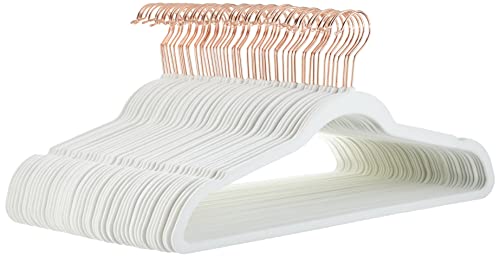
Our Deputy Digital Editor, Rebecca Knight, swapped all her hangers in her wardrobe to these slimline hangers and they made organising her wardrobe way easier.
I've found that I am using the rule in other areas of my home now, too, which has been really useful since we are doing a massive cull at the moment before we move into our newly renovated kitchen/living space in the coming month.
'If you're one of those late night/internet influenced buyers, using the 90/90 method can really help you to face the reality of if that ‘fancy kitchen gadget’ has in fact been useful, or just caused your kitchen drawer to catch every time you have opened it (we're all guilty of doing it, I once bought a large pencil sharpener that was designed to create carrot sharpening’s?!?!!),' adds George.
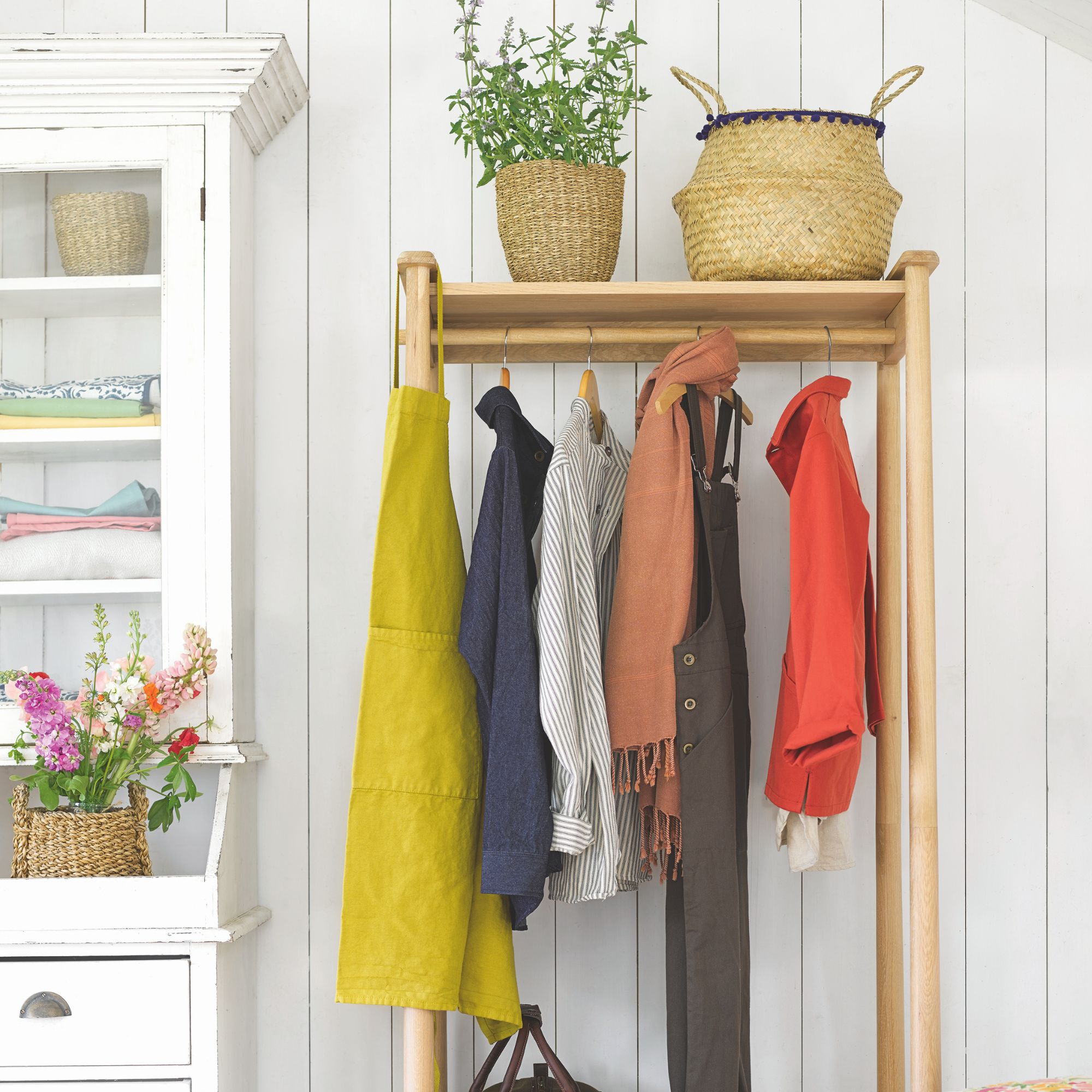
Did I have any issues with the 90/90 decluttering rule?
I have mentioned that the rule doesn’t quite work for all items. For example, I haven't worn my wedding dress in 90 days, and I won't be wearing it in 90 days, but I don't want to get rid of it as it's, well, my wedding dress.
And with that, I did realise that the 90/90 rule is brilliant for quick decisions on everyday items, but it doesn't always leave room for nuance like sentimental things.
'One of the biggest issues when decluttering is how to deal with sentimental items – how to not let them take over and become clutter in your home, whilst making sure they are treasured,' explains George.
'A lot of decluttering approaches don't address how to deal with them. Sentimental items need to be treated carefully, and you also need to have an approach to how you are going to deal with them, so when you start any decluttering, they don’t stop you in your tracks.'
The 12-12-12 method and Swedish death cleaning will probably help you get rid of more for sure, but I would recommend getting rid of everything that you can on your decluttering checklist using the 90/90 rule, which in turn will help you maintain the clutter going forward.
Whether you sell the items on Vinted, donate them to charity or pass them on, the ‘90/90’ rule has really helped me declutter more effectively this year and, in turn, has changed the way I shop for the better too.
And now I can declutter without being overwhelmed, stopping more items I don't need from creeping back into my home. What's not to love?
All you have to do is ask yourself two questions about whether you have used an item recently or if you're likely to use it again soon.
So, will you be trying it out?

Jenny is Senior Digital Editor and joined the team in 2021, working across Ideal Home, Real Homes, Homes & Gardens, Livingetc and Gardeningetc. Since getting on the property ladder, her passion for interior design and gardening has taken on a new lease of life. She loves collecting and salvaging unique items (much to her other half's despair) but sniffing out stylish home bargains is her one true love.
You must confirm your public display name before commenting
Please logout and then login again, you will then be prompted to enter your display name.
-
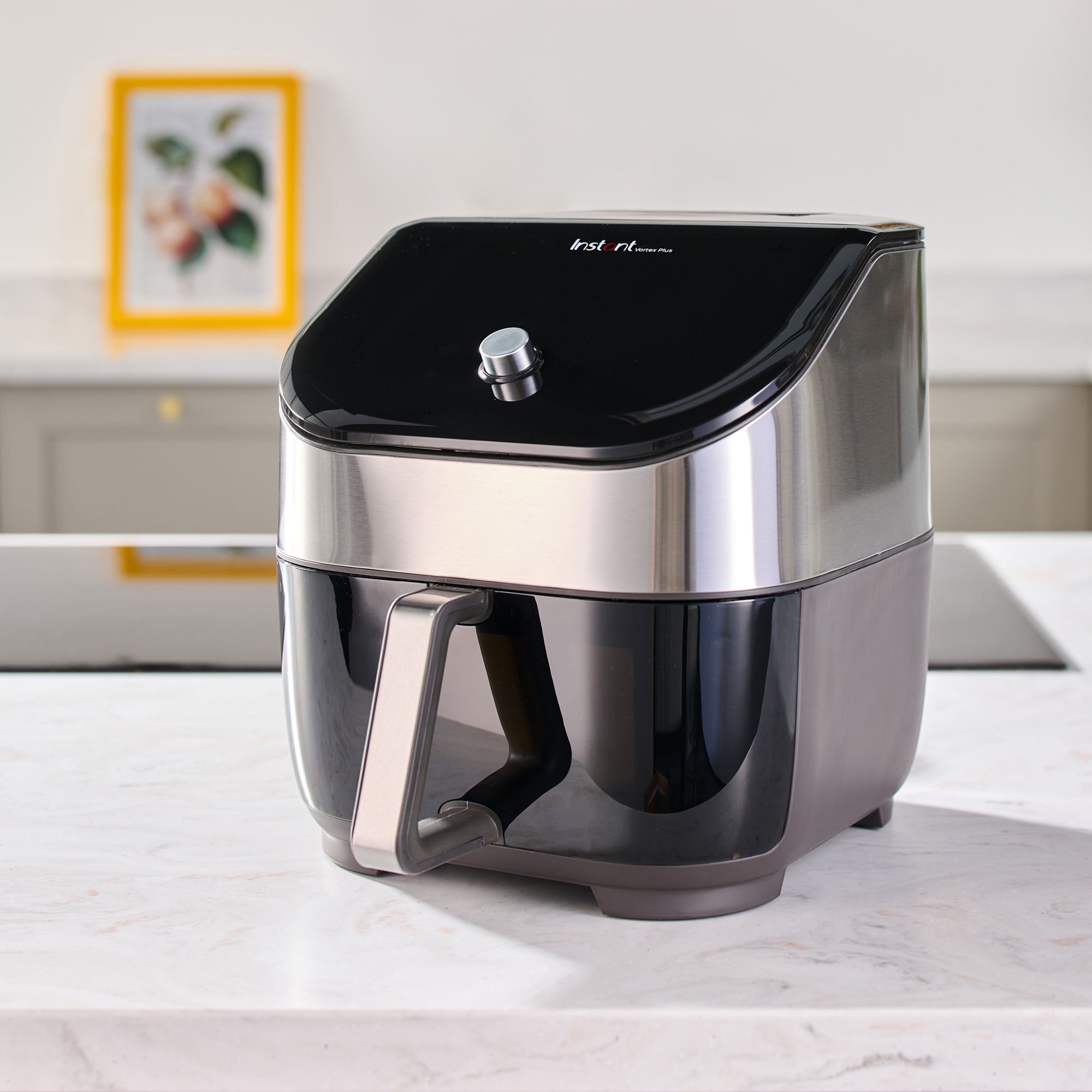 Should an air fryer be on display in a kitchen or hidden away? This is why I always keep my small appliances on the worktop
Should an air fryer be on display in a kitchen or hidden away? This is why I always keep my small appliances on the worktopAre you on team display or neatly hidden away? Share your opinion in the comments
By Rebecca Knight
-
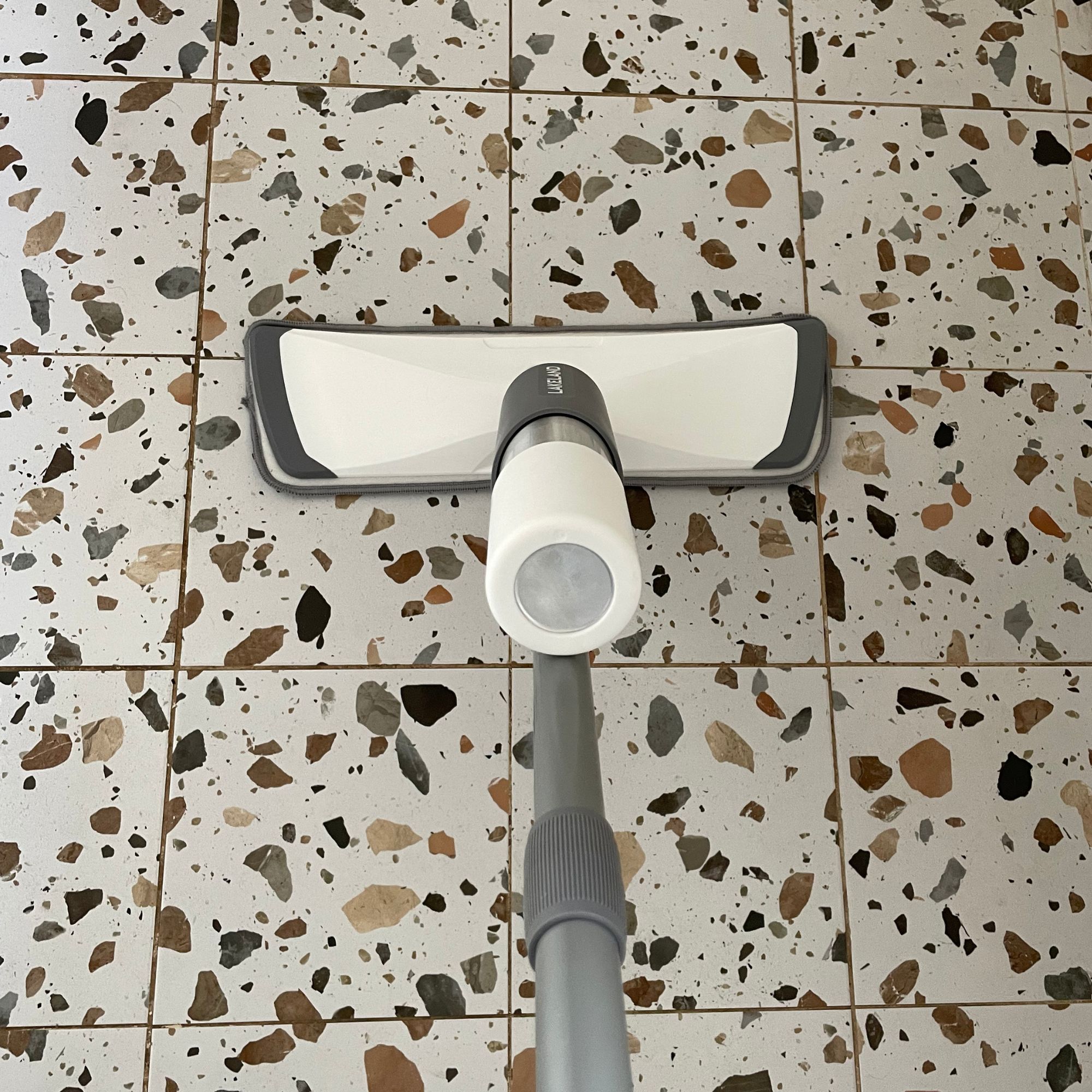 Experts warn that these 5 mopping mistakes are making your floors dirtier — and damaging your floors in the process
Experts warn that these 5 mopping mistakes are making your floors dirtier — and damaging your floors in the processThis is how to keep them clean and avoid costly damage
By Lauren Bradbury
-
 Move over, fences – dead hedges are the wild and wonderful alternative your garden will love and they're easier to build than you'd think
Move over, fences – dead hedges are the wild and wonderful alternative your garden will love and they're easier to build than you'd thinkThe perfect eco-friendly solution for small gardens
By Kayleigh Dray